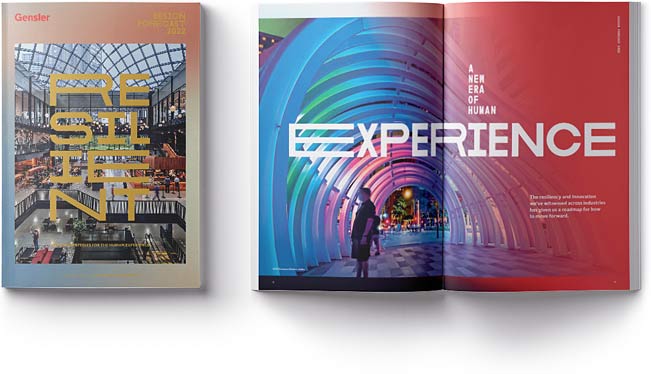HEALTHCARE
The healthcare industry is creating new experiences and interactions between patients, caregivers, and technologies that will enable healthcare institutions to pursue design strategies that merge virtual and in-person care delivery. The use of data to track the performance of new delivery models will be key to evaluating their effects on local communities. The industry’s most salient long-term challenge will be to successfully deliver care to communities as extreme weather events become more frequent.
Dallas Medical Research Park
at Parkland, Dallas
01
The evolution of clinical technologies will decentralize care.
Healthcare providers, from academic medical centers to primary care providers, will further prioritize consumer access to care in the coming years. The increasing capabilities and operational simplicity of clinical technologies allow formerly complex procedures, such as hip replacements, to be delivered in outpatient healthcare settings. The resulting healthcare real estate trend will be to migrate clinical services, to the greatest extent possible, from hospitals to primary- and secondary-service areas in local communities.
02
Now is the time to build resilient systems to withstand climate change.
Healthcare providers across the U.S. and around the world are already seeing their ability to provide care impacted by major climate events. Sustainable real estate strategies will protect investments in health systems, reduce risk, and empower providers to support their communities in the immediate aftermath of such events. Such strategies will also reduce the healthcare industry’s notoriously high energy usage and help address the climate crisis at its root cause.
03
Research will drive changes in healthcare experience design.
The experiences of staff and patients are equally important, and healthcare providers are demanding data-driven real estate solutions that cater to both groups. On the provider side, investing in the wellness of workers will help address retention challenges, especially among nursing staff. On the consumer side, providers will need to offer more convenient and comprehensive care, so they don’t lose market share to other organizations.
04
Telehealth is here to stay, but in-person interactions will define the industry’s future.
Adoption of telehealth spiked during the pandemic’s early stages, then plateaued. Though telehealth will continue to play a significant role for some forms of care, such as psychiatry, in-person interactions that require access to specialized technology will continue to comprise the overwhelming majority of healthcare interactions.
05
The lines between physical and digital healthcare delivery will continue to blur, requiring flexible spaces.
Physical, in-person care delivery will continue to integrate with platforms designed for virtual consumer engagement and telemedicine. But this integration will be uneven over time, because healthcare technologies will emerge in a piecemeal fashion, meeting some needs before others. The design of healthcare facilities will therefore require planning that provides flexibility, enabling them to confidently build spaces and networks to support care teams and local communities well into the future.
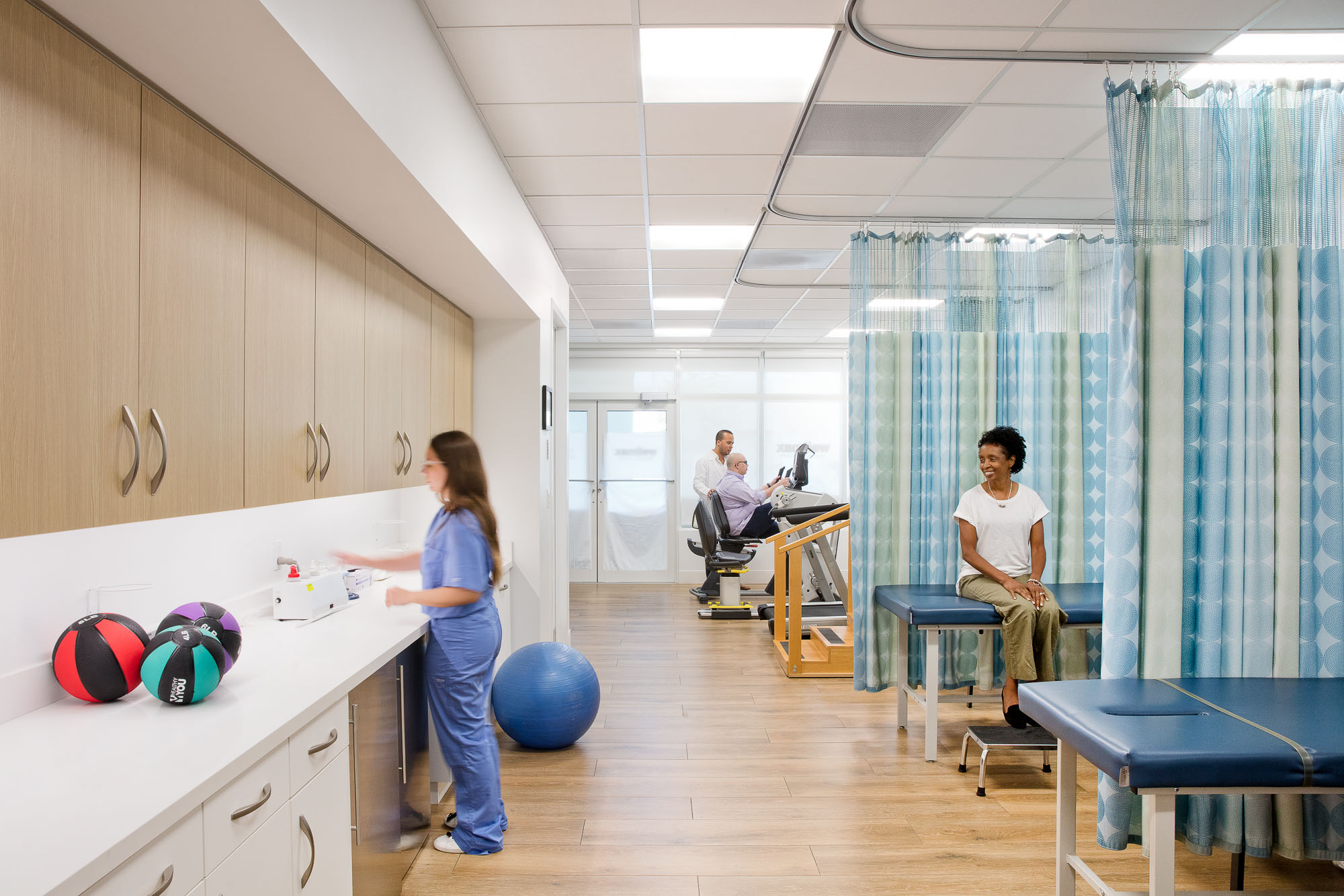
Confidential Medical Center, Pembroke Pines, Fla.
“Digital-first hospitals and clinics will learn from retail and hospitality to create more seamless, personalized digital patient experiences — both remotely and in person.”
—“Digital Transformation of Healthcare Design,” Dialogue blog
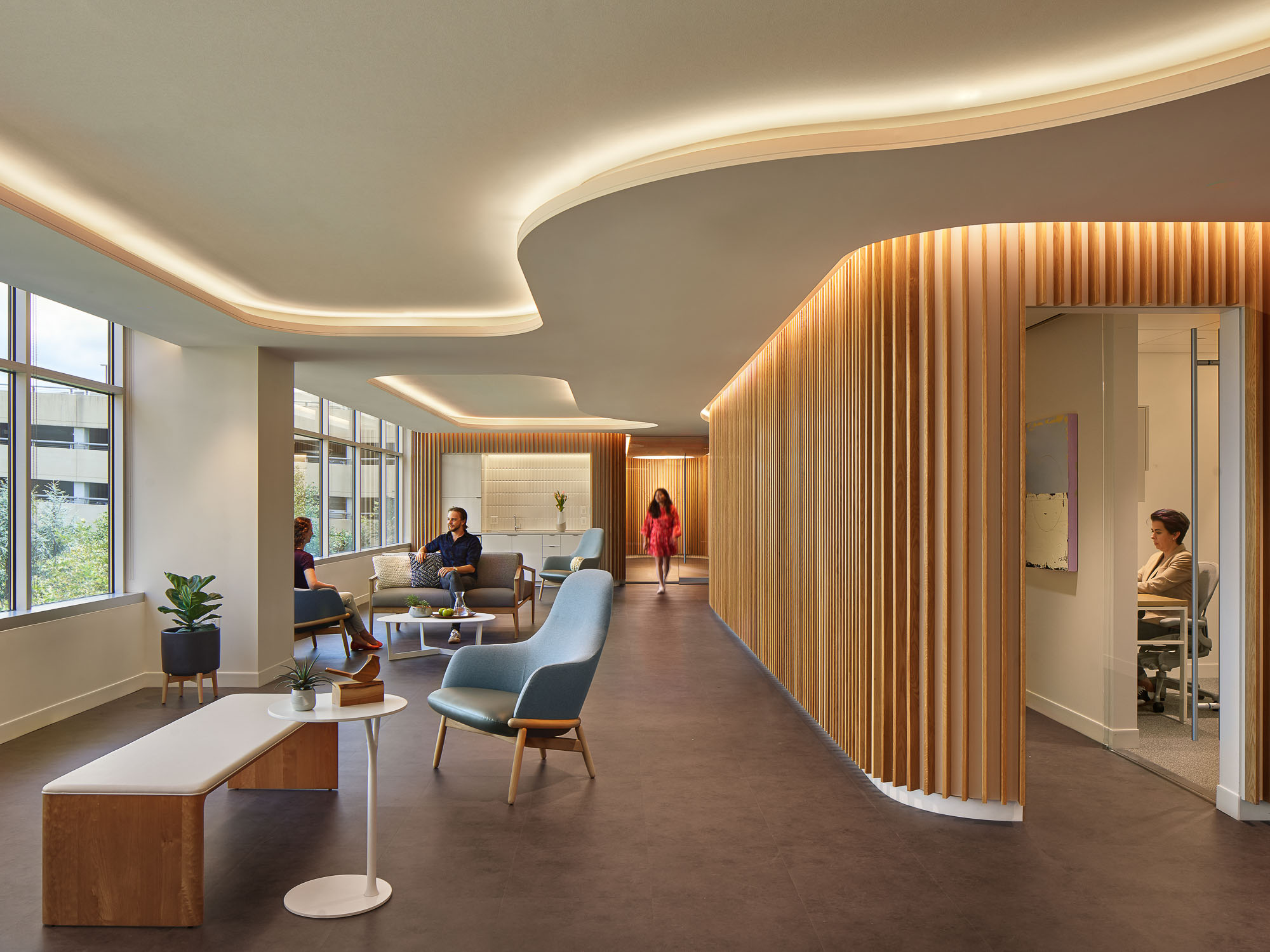
Bill Richards Center for Healing at Aquilino Cancer Center, Rockville, Md.
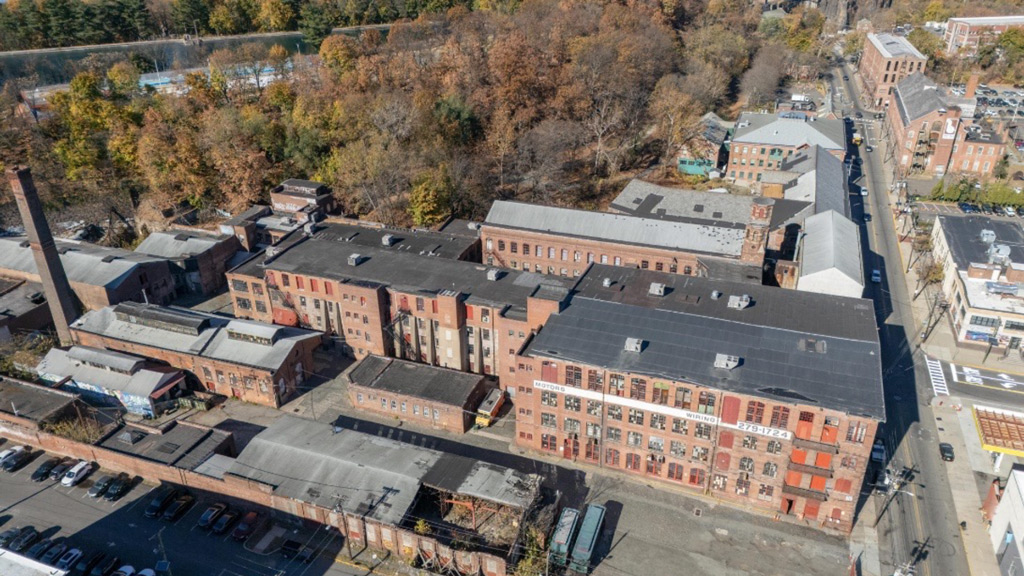
Imagining a New Era for New Jersey’s Historic Art Factory
Originally built in the 1840s, the Art Factory is prime for a revitalization that preserves its character while serving the needs of a modern-day city.
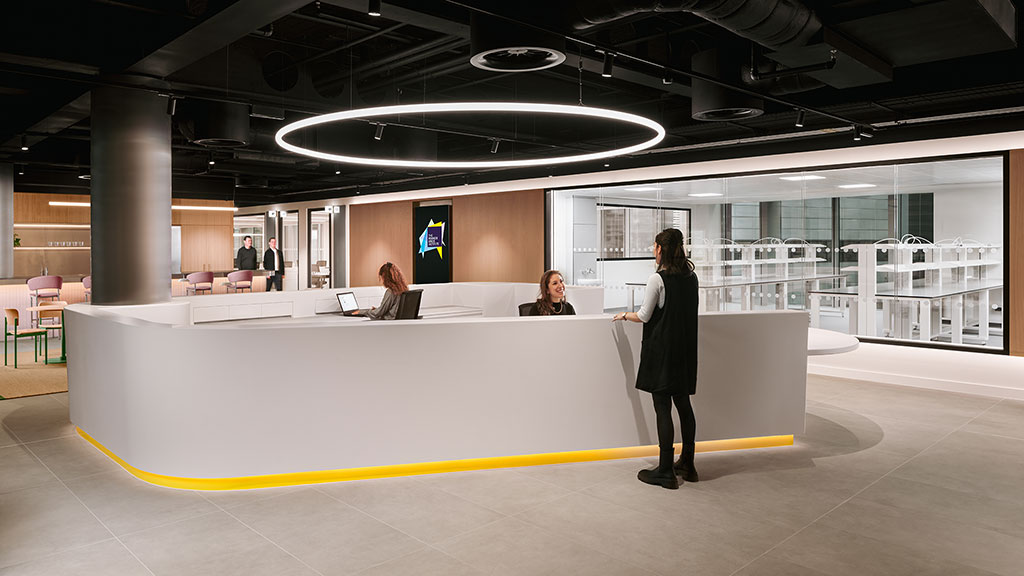
How Design Drives Innovation in Education & Science
Gensler’s European Education & Sciences leaders explore how design can accelerate progress in these converging fields.
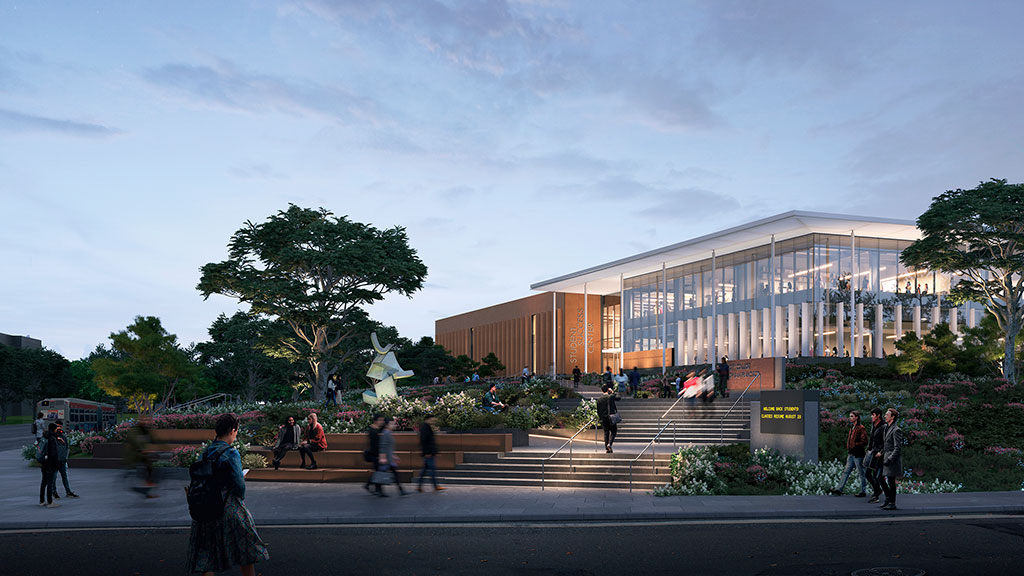
Why Now Is the Time to Double Down on the Promise of California Community Colleges
How these essential institutions could drive local, inclusive economic recovery.
“Addressing issues of trust and quality is key to the future of outpatient care.”
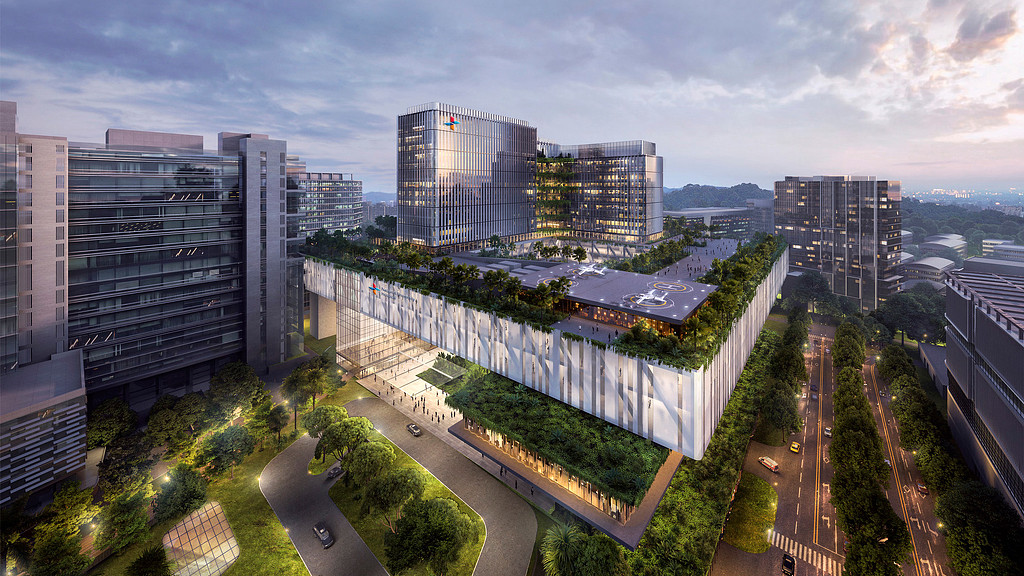
National University Hospital
Singapore
National University Hospital (NUH) is the hub of high acuity care, teaching, and investigation for the National University Health System and the country of Singapore. To meet the new and future needs of NUH, Gensler was asked to plan and program a 3,000,000 SF replacement hospital on a dense urban site with no open space left to build, while keeping the existing hospital fully operational during the construction of the new hospital.
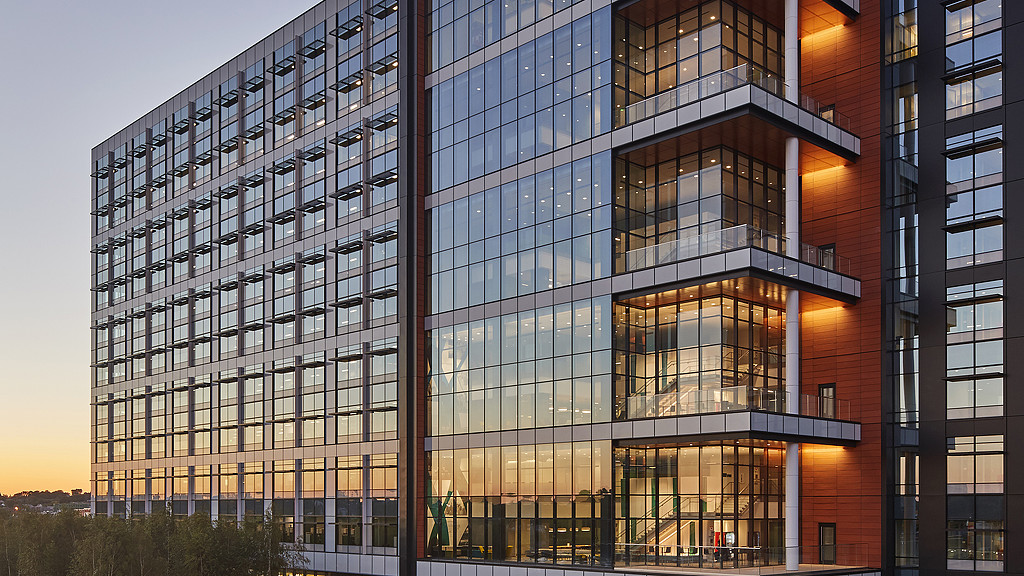
Mass General Brigham Administrative Campus
Somerville, Massachusetts
With many of its leases nearing expiration, Massachusetts’ leading healthcare network and largest private employer looked to unite its operations into a single Boston-area location.
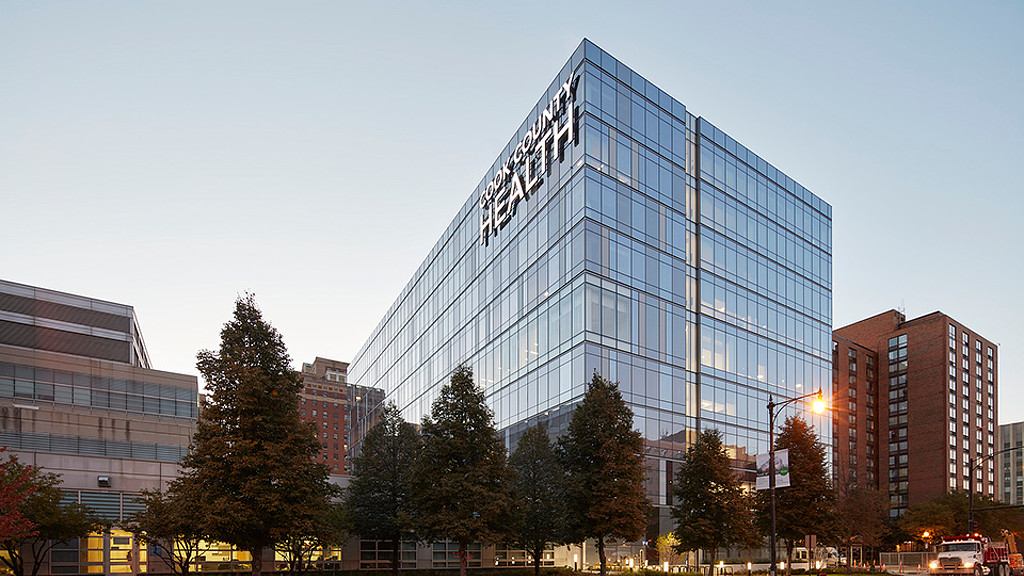
Cook County Health & Hospitals System, Central Campus Health Center
Chicago, Illinois
Designed by Gensler in collaboration with Forum Studio as part of a design/build partnership led and developed by Clayco, the Central Campus Health Center (CCHC) is a new, state-of-the-art ambulatory care facility.
_Edited_1547667081.jpg)
James Crispino
Global Health Sector Leader, Principal
James Crispino is a Gensler Principal and Health Sector Leader with over 25 years of experience designing healthcare facilities and academic medical centers.

Liz Resenic
Design Resilience Leader, Sustainability Strategist
Liz Resenic is a Global Design Resilience Leader for Gensler’s Healthcare practice area.
